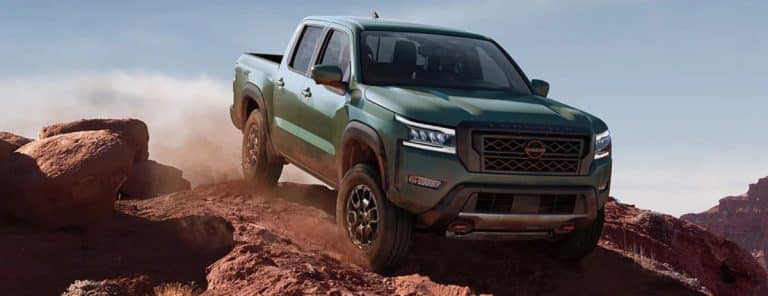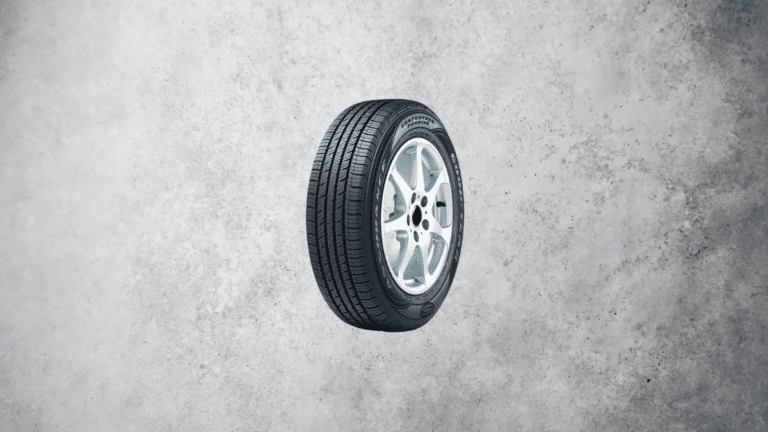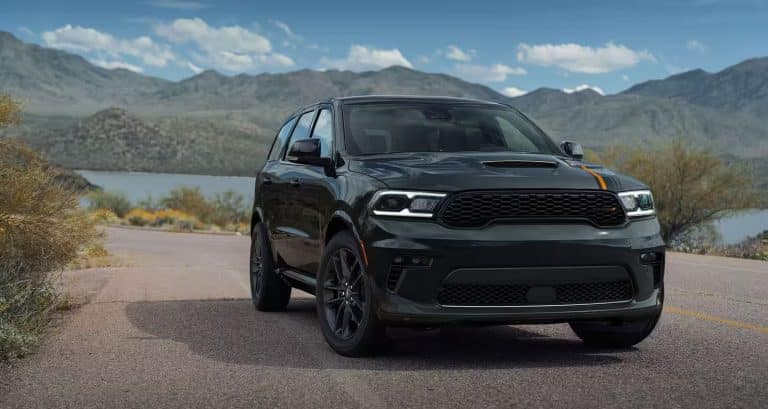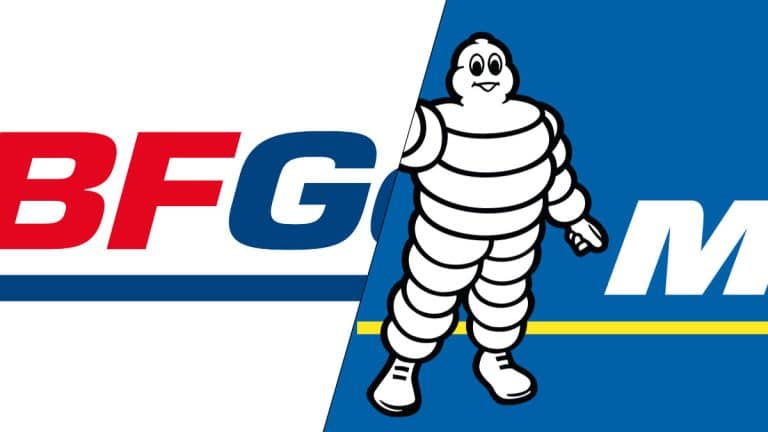How Many Moving Parts Are in a Tesla?
When reading about an internal combustion engine (ICE), one reality emerges that is shared by all publications and other materials: the engine is a mass of separate moving parts that all work together to create power to propel a car forward.
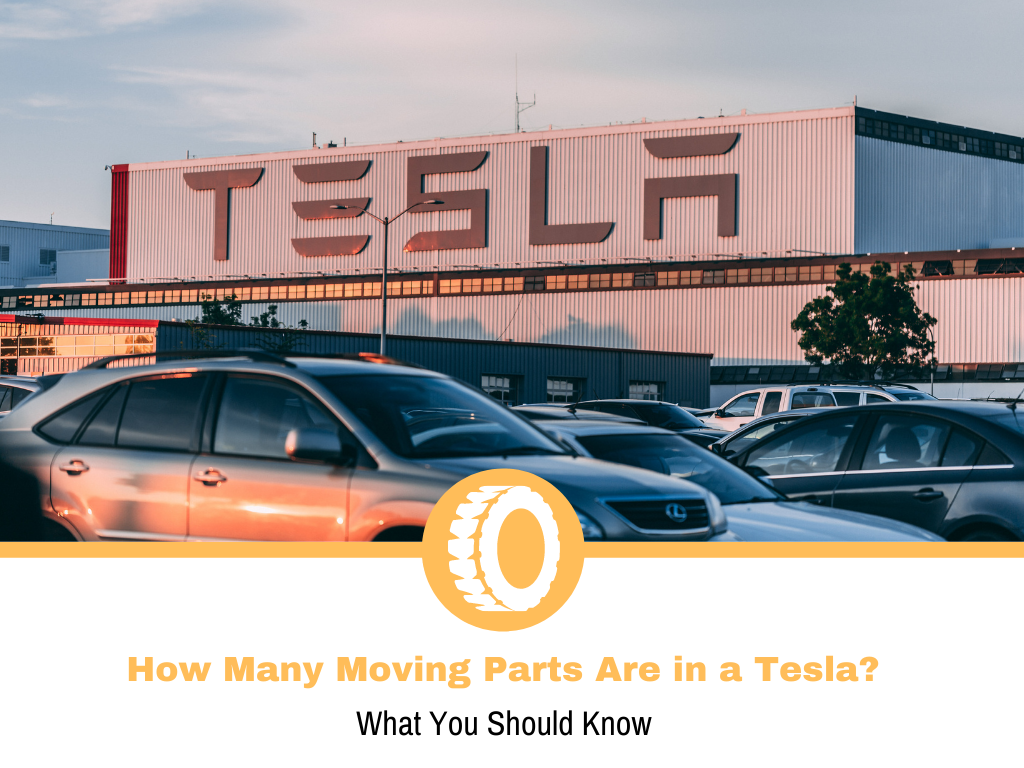
There are thousands of individual moving components in an internal combustion engine vehicle, with some estimates putting the number as high as 2,000 in a single vehicle. The key phrase here is “mass of individual moving components.”
Tesla vehicles have an average of just 17-18 pieces in their powertrain, compared to 200 in a standard ICE. Even if we are incredibly charitable and take this highly conservative estimate for the number of components within an internal-combustion powertrain, Tesla is still functioning with less than 10% of the parts that ordinary cars have. At the most optimistic estimate, it is barely 1% of the pieces.
What are Some of the Moving Parts of a Tesla?
Though the focus of discussion mostly relies on the motor of Tesla, there are also ‘moving’ parts worth mentioning such as the cooling system pumps, HVAC, air suspension, and the single-speed transmission.
Single-speed transmission
As opposed to traditional automobiles, which have multiple gears and speeds, Teslas have a single-speed “transmission” that does not require the use of gears that are connected to the engine crankshaft to operate.
In order to save on energy, Tesla utilizes a one-speed automatic gearbox, which means that they only have one gear when it comes to shifting since they don’t need any more than that. For this reason, although internal combustion engines are capable of producing torque at a wide range of speeds, electric motors are capable of producing 100 percent of the torque (needed for acceleration) at very low speeds.
This is due to the larger rpm range of the electric motors. Electric motors can rev up to 20,000 rpm whereas, on average, ICE automobiles travel up to 6000-7000 rpm. Secondly, ICE automobiles have a limited power band, which means they create peak torque and power within this precise range of engine speed and so need many gears to obtain greater speeds.
On the other hand, in the case of electric vehicles, the power band is considerably broader as compared to the ICE cars and the motors have effective power delivery across the range, providing peak torque even at zero rpm, therefore only a single gearbox is required for them to hit the top-speed. This implies that some of the brain-shattering acceleration disappears at the upper end. But it doesn’t matter to most EV owners because you’re already going pretty swiftly.
Cooling system pumps
While developments in electric car batteries have allowed them to offer more power while requiring less frequent charging, one of the most difficult challenges that remain in terms of battery safety is the ability to build a cooling system that is both effective and efficient.
Tesla has two primary cooling loops, one for the battery and another for the high-voltage power electronics. The two cooling loops are operated independently of one another. They are not related in any way. A unique four-way valve connects the motor/power electronics cooling loop with the battery cooling loop in series in Tesla’s systems, which are included in both the Model 3 and the Model S and the Model X.
HVAC system (fan, compressor, etc.)
Tesla already has excellent heat pump technology in its vehicles. The heating and cooling systems in Tesla cars already feature high-efficiency heat pump technology that works on electric power.
When it comes to improving the air quality inside its electric vehicles, Tesla has gone to great lengths. Its HVAC system in some of its higher-end electric vehicles now includes a HEPA filter, which is a first for the automotive industry.
Dust, pollen, mold, germs, and other airborne particles of a size of 0.3 microns (m) or smaller are supposedly removed by the filter, which is integrated into a high-efficiency HVAC system in order to avoid adversely impacting the range of the company’s cars.
Additionally, another breakthrough claimed by Tesla is their dramatically-named ‘Bioweapon Defense Mode’. This is effectively a solid seal on airflow and HEPA-level air filtering. It’s been found to drastically improve air quality in Tesla automobiles. HEPA stands for High-Efficiency Particulate Air (filter).
Air suspension (assuming your model has that)
Tesla developed a “Smart Air Suspension” option for its Model S and Model X vehicles, which eventually became standard in both models as well. Tesla Model 3 with dual motors and air suspension was spotted on a racetrack in 2018 while being tested, but no results were obtained. Last summer, Musk confirmed that air suspension was not planned for the Model 3 at the time of his statement. A new wiring harness for a ‘Model 3 AWD Air Suspension’ has been added to Tesla’s parts catalog, suggesting that the vehicle may be returning to the company’s plans six months after it was originally announced.
When the car encounters a previously saved data point, such as a steep driveway, a carwash, or a bumpy dirt road, Tesla’s Smart Air Suspension software automatically adjusts the height of the vehicle to compensate. Please keep in mind that these data points can also be removed manually from the control panel.
In addition to data point adjustments, automatic height adjustments are made for different speeds in order to, among other things, reduce drag and increase ride stability. Tesla’s Smart Air Suspension will reduce the height from Very High to High at 22 mph and from High to Standard at 35 mph, depending on the speed at which the adjustments are made. The speed thresholds for these adjustments have changed over the years, and are currently 22 mph for Very High and 35 mph for High.
Steering rack
Tesla has traditionally used rack and pinion steering racks in all of their vehicles, and they continue to do so. In light of the Cybertruck’s potential classification as a 3/4 ton truck, adjustable air suspension, and off-road capability, these are the actual moving parts of a Tesla. It’s crucial to think about what we mean by “moving portion” a bit more fully.
Does the Number Differ Between Tesla Models?
While there are minor differences across model years and drivetrain variants, the amount of moving components does not vary much between Tesla models. All of them agree on a baseline estimate of 17-20 moving pieces. At least, that’s the official story. In the end, it depends on what you consider to be a moving part and how you split those pieces up.
For example, how many different parts make up a power window? Is every little component considered a moving part? How about doorknobs? Technically, they move in order to open and close the door, but they are not typically considered among the moving parts of any automobile, and this is also true for electric cars.
Ordering a Tesla model with a varied number of motors is one approach to modify the number of components. The dual-motor AWD Variant S, for example, will have one fewer moving part than the tri-motor AWD model. In the end, regardless of which Tesla you purchase, you get the same advantage of having minimal moving parts.
Conclusion
When one considers the number of moving parts in a Tesla, it’s impossible not to be impressed by what appears to be a breakthrough that we have achieved in the automotive industry.
Tesla cars and EVs don’t set themselves apart simply from the huge drop in the number of moving parts, but also in the very ways through which the vehicles are maintained and improved. While ICE vehicles continue to be burdened with its basic moving components, as well as an increasing weight of ADAS technology, entertainment technology, and other electronics, EVs are managing to deliver all the modernity of cars with substantially less of the hassles.
